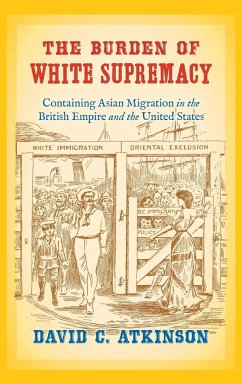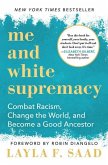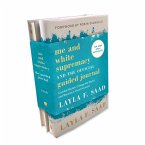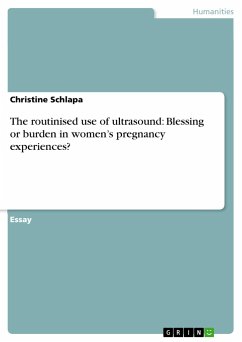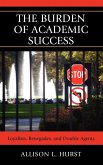From 1896 to 1924, motivated by fears of an irresistible wave of Asian migration and the possibility that whites might be ousted from their position of global domination, British colonists and white Americans instituted stringent legislative controls on Chinese, Japanese, and South Asian immigration. Historians of these efforts typically stress similarity and collaboration between these movements, but in this compelling study, David C. Atkinson highlights the differences in these campaigns and argues that the main factor unifying these otherwise distinctive drives was the constant tensions they caused. Drawing on documentary evidence from the United States, Great Britain, Australia, Canada, South Africa, and New Zealand, Atkinson traces how these exclusionary regimes drew inspiration from similar racial, economic, and strategic anxieties, but nevertheless developed idiosyncratically in the first decades of the twentieth century. Arguing that the so-called white man's burden was often white supremacy itself, Atkinson demonstrates how the tenets of absolute exclusion - meant to foster white racial, political, and economic supremacy - only inflamed dangerous tensions that threatened to undermine the British Empire, American foreign relations, and the new framework of international cooperation that followed the First World War.
Hinweis: Dieser Artikel kann nur an eine deutsche Lieferadresse ausgeliefert werden.
Hinweis: Dieser Artikel kann nur an eine deutsche Lieferadresse ausgeliefert werden.

